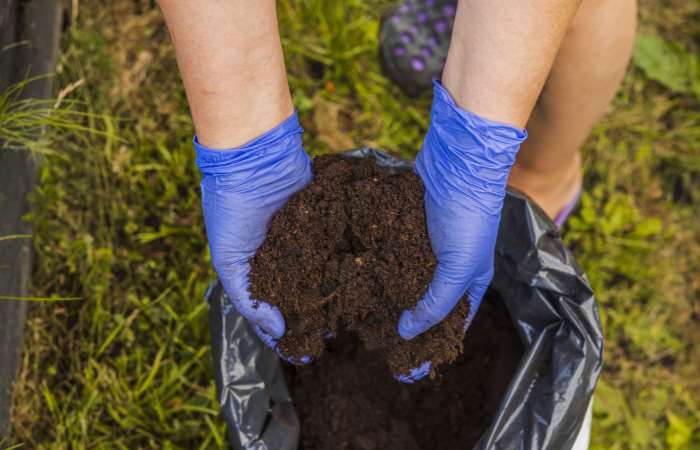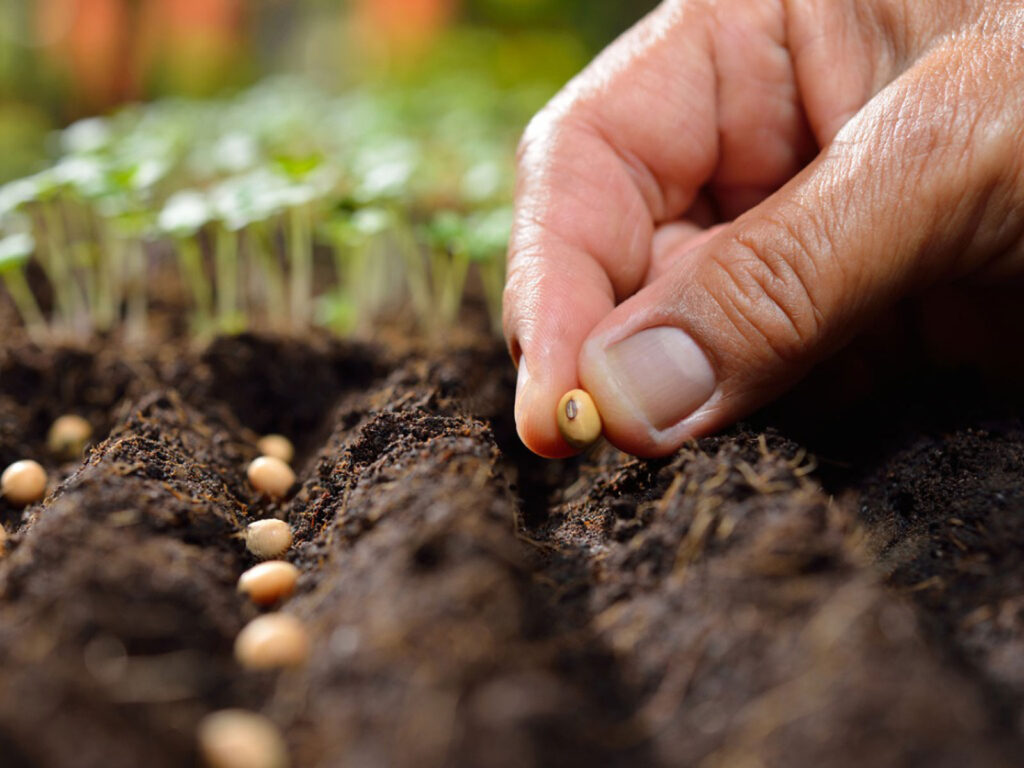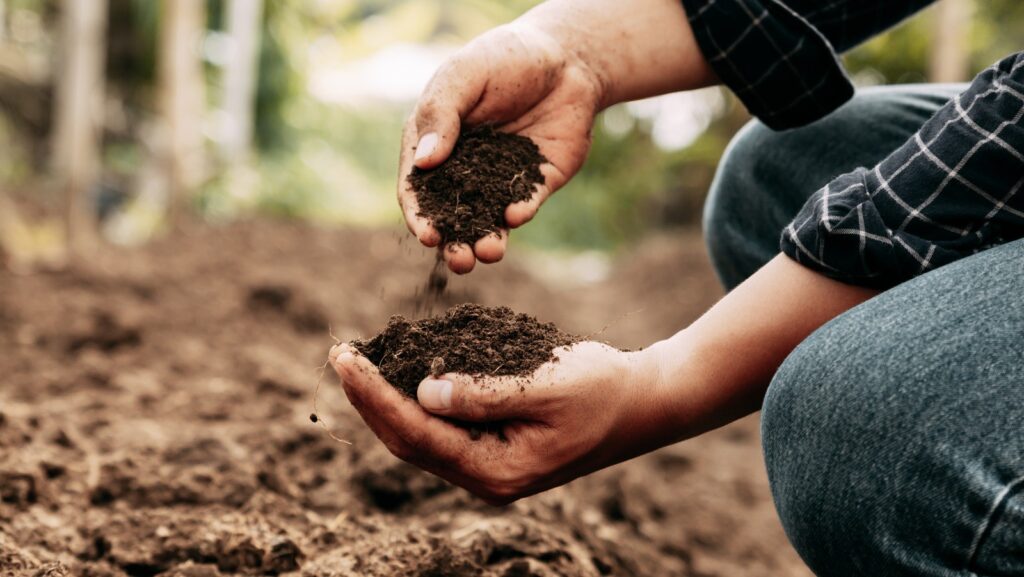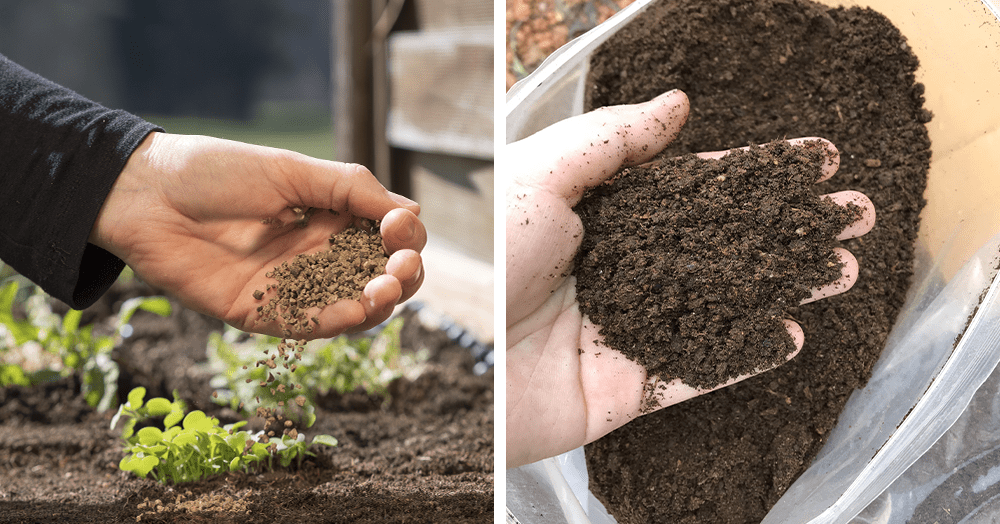Compost fertilizer progressively supplies nutrients to plants as they are required. Compost also contains a variety of helpful microorganisms that aid in the absorption of nutrients from the soil by plants.
1. Choose a Pot/Planter
The initial step is critical. Depending on your needs, choose a pot, container, or grow bag. The little container will enough if you’re planting herbs. You’ll need larger pots or grow bags if you’re growing tomatoes, potatoes, or other vegetables. My advice is to grow in a sack.

2. Drill Holes
If you use grow bags, the bottoms already have holes in them. If not, look for holes in the bottom of your container. Drainage necessitates the use of holes. Add gravel or tiny stones to the bottom of the holes after they’ve been dug for better drainage and to keep them from becoming plugged.
3. Using multipurpose compost to make a growth medium
It is not possible to utilize multifunctional compost in this situation. To generate superior soil, mix sand or perlite (a non-toxic, lightweight addition) into multifunctional compost. If you’re going to use sand, a 50/50 blend of multipurpose and sand would be ideal. The soil will be relatively light due to the sand. Now thoroughly combine the ingredients and fill your container to within 4-5 inches of the top.
4. Planting Seed

Seeds should be planted according to the season. If you’re growing indoors with LED grow lights, the season won’t be an issue. Apply a thin layer of multipurpose compost on top of the mixture before planting seeds, since this compost is excellent for seed germination.
It’s now time to plant the seeds. You may also go with healthy green seedlings. Select a cultivar with a little plant or a larger container.



